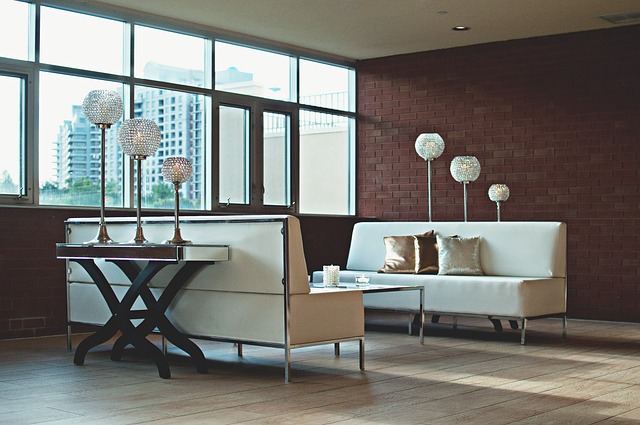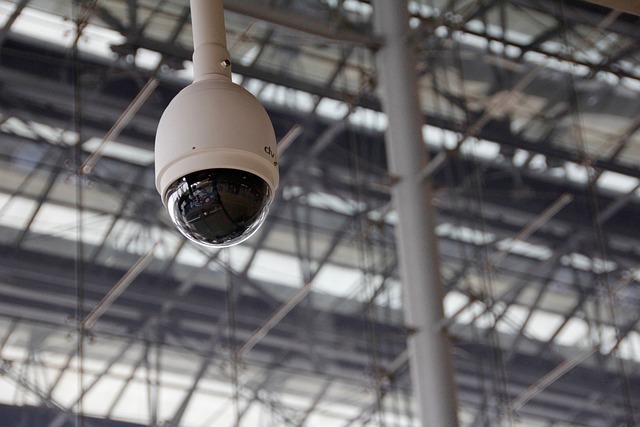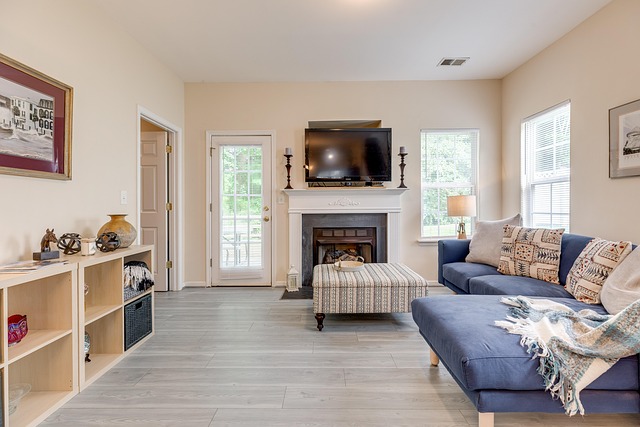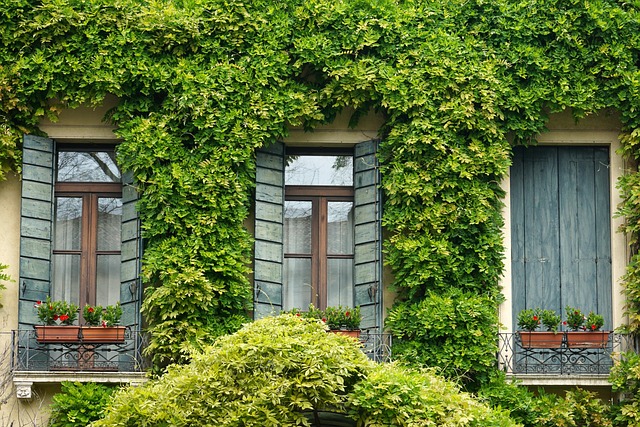Securing rental properties requires a balanced approach that protects both landlords and tenants. By implementing affordable security measures like high-quality locks, secured windows, motion-activated lighting, and encouraging tenant awareness, it's possible to reduce vacancy rates and turnover while ensuring safety without excessive costs. Renters can enhance their home security and privacy by adopting simple yet effective solutions such as robust door locks, secure window closures, exterior lighting, and strategic placement of security cameras. Both landlords and tenants have legal responsibilities regarding security; landlords must provide basic features like locks and smoke detectors, while tenants are responsible for locking doors, being vigilant, and reporting suspicious activities. Following these rental security tips fosters a safe environment with affordable home security solutions.
In today’s world, ensuring affordable security for rental properties is paramount. As landlords and tenants navigate complex legal responsibilities, finding cost-effective solutions is crucial to fostering a secure environment. This article explores comprehensive strategies, from budget-friendly hardware like lock upgrades and alarm systems, to software monitoring and DIY tips. Additionally, we delve into best practices, such as lighting improvements, community involvement, and emergency preparedness, providing essential rental security tips for enhanced protection without breaking the bank.
- Understanding Rental Property Security Needs
- – Assessing common security risks in rental units
- – Legal responsibilities of landlords and tenants regarding security
Understanding Rental Property Security Needs
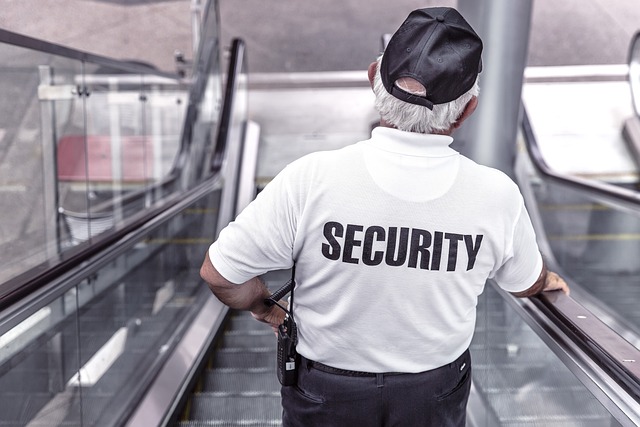
Understanding the unique security needs of rental properties is paramount for both landlords and tenants alike. Unlike owner-occupied homes, rental properties often face challenges such as higher vacancy rates, more frequent tenant turnover, and potential risks from unfamiliar individuals coming and going. Effective security strategies should address these concerns while remaining cost-effective to ensure a safe yet affordable living environment for renters.
Implementing robust yet budget-friendly security measures can significantly enhance the overall security of rental properties. This includes employing simple yet effective techniques like installing quality door locks, securing windows with sturdy frames and coverings, and utilizing motion-activated lighting to deter potential intruders. Additionally, landlords can encourage tenants to practice good security habits, such as keeping doors locked at all times and reporting any suspicious activity promptly. By combining physical security enhancements and promoting tenant awareness, it’s possible to create a secure rental environment without breaking the bank.
– Assessing common security risks in rental units

Renters often face unique security challenges when it comes to their homes. Assessing common risks is the first step in implementing effective and affordable security measures. One of the primary concerns for rental properties is unauthorized access, whether it’s a neighbor, maintenance worker, or even a potential intruder. Simple yet robust solutions like installing sturdy door locks, securing windows with robust closures, and adding exterior lighting can significantly deter unwanted guests.
Additionally, creating a secure environment involves considering privacy risks. Strategically placed security cameras, both visible and hidden, act as powerful deterrents against theft or vandalism. For a cost-effective approach, renters can explore DIY camera systems or leverage neighborhood watch programs to enhance rental security tips and ensure the overall protection of secure rental properties.
– Legal responsibilities of landlords and tenants regarding security
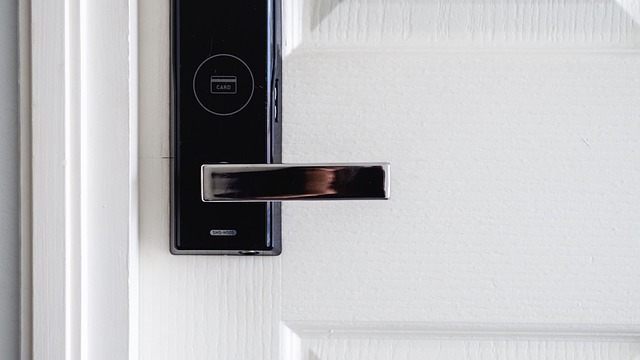
In terms of rental properties, both landlords and tenants share legal responsibilities when it comes to security. Landlords are obligated to provide a safe living environment and take reasonable steps to secure the property, which often includes installing basic security features like functional locks, smoke detectors, and carbon monoxide alarms. They must also ensure that any shared spaces or common areas are well-lit and maintained for the safety of all tenants.
Tenants, on their part, have a responsibility to protect themselves and their belongings by utilizing available security measures. This includes keeping doors and windows locked at all times, being cautious of strangers entering the premises, and promptly reporting any suspicious activities or maintenance issues that could compromise the property’s security. By working together and adhering to these basic security tips, landlords and tenants can create a secure environment within rental properties while also implementing cost-effective solutions for affordable home security.
